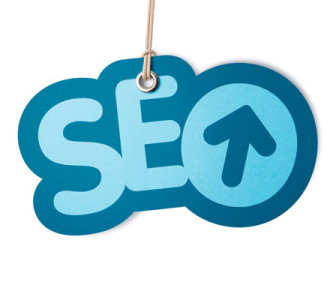 You’ve spent the time and energy to get your website looking like you want. It looks nice and you’re doing a pretty good job at keeping it populated with fresh intriguing content. So why would you want it to look and feel like every other website out there?
You’ve spent the time and energy to get your website looking like you want. It looks nice and you’re doing a pretty good job at keeping it populated with fresh intriguing content. So why would you want it to look and feel like every other website out there?
Personalizing your website is a great way to stand out from your competition. It is also a great way to add more depth to your branding. And if you do it right, you can create your website to have a personality unlike any other sites your competitors have.
So how can you personalize your website without going through a total overhaul?
Enhance Your Copy
Alter your copy just enough to incorporate your own personality. Be careful not to alter your message and overall point, though. If you’re funny by nature, inject some humor into your website copy. If you’re very strict and professional, let that show as well. Do whatever you can to make your website copy not seem stale, cookie cutter, or like it was lifted from a template.
Get Inspired
Are there websites for your competitors that you secretly love? It’s okay to admit it. Visit their websites and really investigate it. Find out what it is about their site that you like. Without totally ripping them off, what are they doing on their site that you aren’t? If you can find a few things, try to personalize them for your brand and see if including these new bits would help your website seem more personal.
Think of the Customers
Start taking a closer look at your existing clients and potential customers. Think of your target audience and ask yourself what sort of material they’d like to see on your website. Can you personalize it with more information about yourself or your employees? Maybe you can make it more personal with the inclusion of certain offers or specials. What can you do to personalize your website in a way that is also going to win over your audience?
Have you taken any of these steps in the past to make your website more personal? What are some other ways you have had success in helping your website stand out and cater more to your audience?









